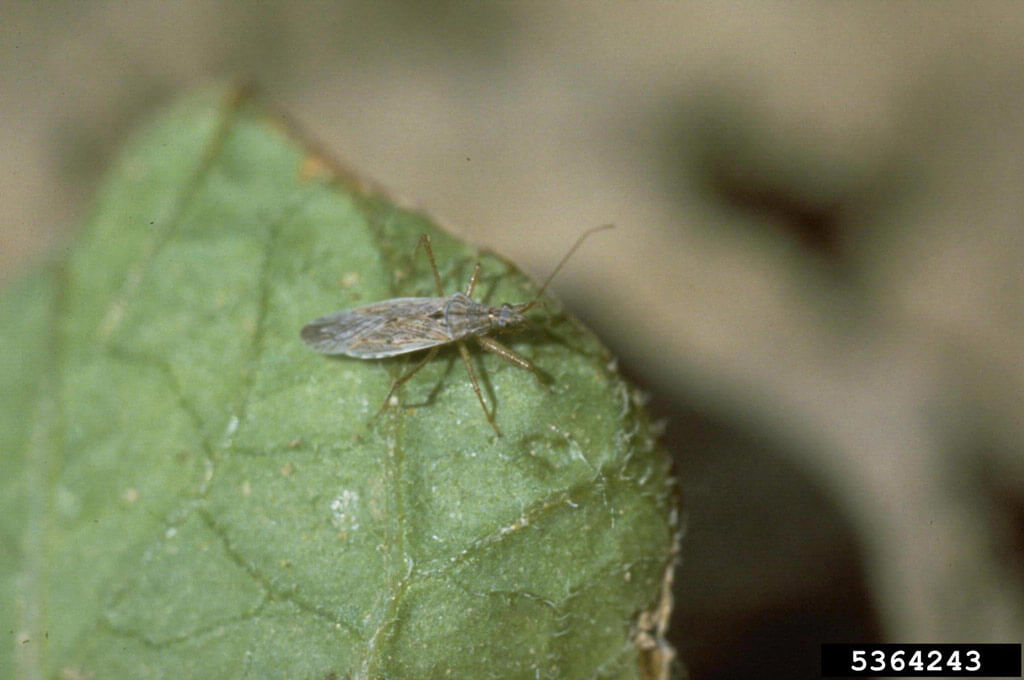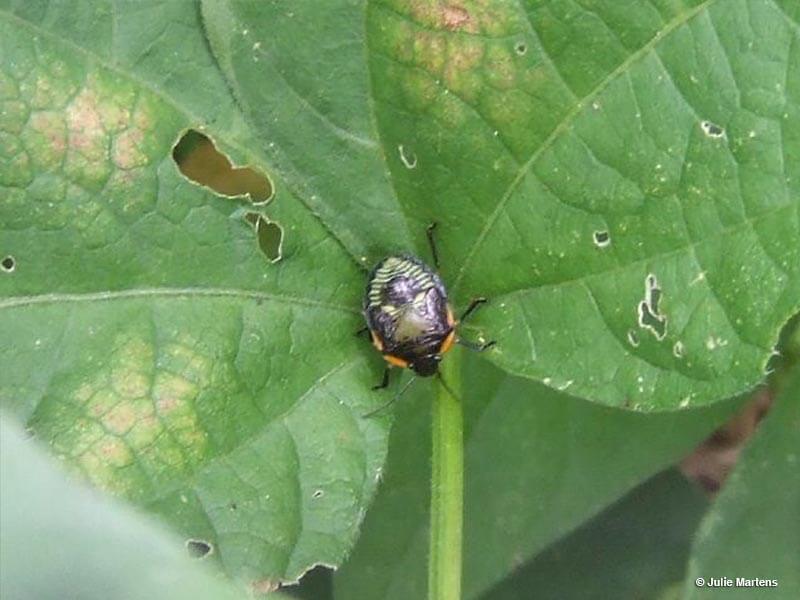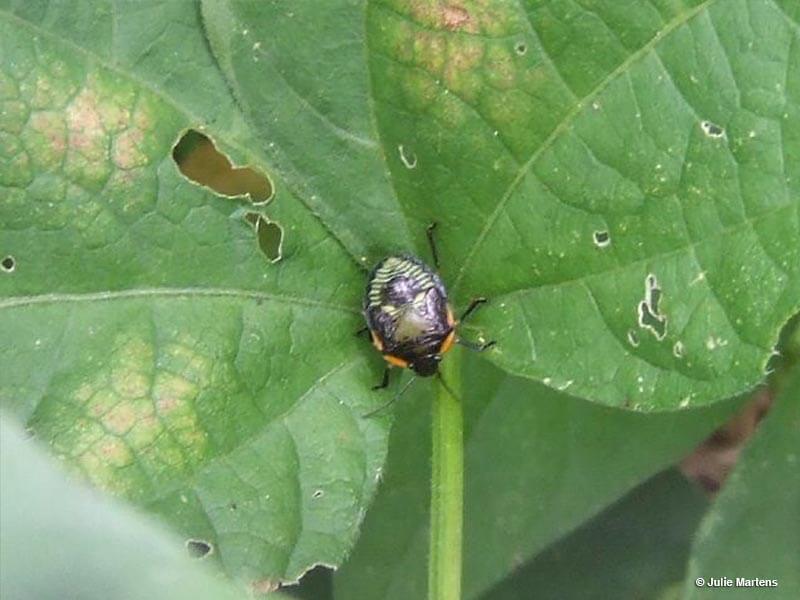When you discover insects on your plants, don't reach for a pesticide until you know what you're facing: beneficial insect or true pest. Learn to identify common predatory beneficials, and you'll know which insects to battle—and which to coddle. Look out for these predatory beneficials.
Ladybug
Also called lady beetles or ladybird beetles, these familiar garden visitors feature shades of orange, red, black, pink, or yellow, and they may or may not, have black spots. Soft-bodied larvae resemble brightly colored alligators (but don't kill them!).
Benefit to your garden: Both adults and larvae eat hundreds of aphids in their lifetimes. They also prey on mealybugs, mites, scale, and thrips.

Spider
Spiders are often the predators present in greatest numbers in a garden. Many of these eight-legged hunters rely on webs to catch prey, but some have specialized predator skills. Crab spiders camouflage themselves and ambush prey. Jumping spiders and wolf spiders hunt and pursue prey insects.
Benefit to your garden: Spiders feed on many insects, including caterpillars, pill bugs, flea beetles, and cabbage white butterflies.

Lacewing (green and brown)
Adult lacewings are green or brown, with long, transparent, lacy wings. Adults feed on pollen, nectar, and honeydew, while their larvae are aggressive predators. Larvae resemble ladybug larvae, with soft bodies and alligator-like shape.
Benefit to your garden: Young lacewings are called aphid lions because they hunt and consume aphids. They also feed on lace bugs, mites, and other small insects.

Ground Beetle
These fast-moving ground dwellers are typically dark colored, often with a metallic sheen. Flip a rock or log, and you'll see them scurry for cover. In the vegetable garden, look for them near root crops (potatoes, onions, turnips). White clover, hedgerows, and stable perennial plantings provide habitat for reproduction.
Benefit to your garden: Both adults and larvae are predators, preying on slugs, root maggot eggs, and beetles, including flea beetles, asparagus beetles, and Colorado potato beetles. Ground beetles also feast on caterpillars, including cutworms and cabbage worms.

Hover Fly
Also called syrphid flies or flower flies, these insects resemble bees or wasps with bright yellow-orange and black bodies. Unlike bees, these flies have only two wings they hold out to the sides; bees fold their four wings against their bodies. Hover flies don't sting or bite. You'll most often see adults hovering over blossoms, where they consume nectar and pollen and help pollinate flowers.
Benefit to your garden: Larvae resemble slugs but are yellow, clear, or pale green. Often found among aphid colonies, one larva eats over 400 aphids before pupating—approximately one aphid per minute. Larvae also eat mealybugs, thrips, caterpillars, corn borers, and corn earworms.

Damsel Bug
A thick pair of front legs enables these insects to grab prey. A large beak pierces pests and sucks them dry. Damsel bugs are black, brown, or gray, fast moving, and can fly, but often hide inside flowers and ambush prey. Plant any aster family plant, such as sunflower, daisy, coneflower, or black-eyed susan, to attract these beneficials.
Benefit to your garden: Both adults and larvae are predatory, feeding on aphids, caterpillars, leafhoppers, plant bugs, and thrips.

Predatory Stink Bug
This kind of stink bug eats over 1,000 types of insects. Usually red and black or orange and black, they live among asparagus, beans, cole crops, eggplants, potatoes, and tomatoes.
Benefit to your garden: Adults eat Colorado potato, asparagus, and bean beetles; cabbage looper and corn earworm larvae; and moths. Larvae eat Colorado potato beetle eggs and larvae.

Predatory Wasp
You might not think bald-faced hornets and yellow jackets (also called paper wasps) would be good to have around, but they consume many undesirable insects. (If nests pose a threat, though, remove them.)
Benefit to your garden: Adults consume flower nectar through holes created by other critters. Some predatory wasps eat insects. Larvae eat caterpillars, flies, and other pests.

Assassin Bug
This beneficial insect takes out pests one by one, using such methods as camouflage and sheer force. A sword-like snout pierces prey, while strong front legs hold it fast. (Careful! Adults may bite if handled.)
Benefit to your garden: Assassin bugs eat many insect pests at various life stages—adults, nymphs, and larvae—including aphids, beetle larvae, caterpillars, and leafhoppers.

Praying mantis
Large front legs grasp prey, or are kept folded, as if in prayer. Adults are 2-3 inches long. Green, brown, or gray, these flying insects blend with surroundings to lie in wait for prey.
Benefit to your garden: Both adults and nymphs prey on insects, including aphids, beetles, caterpillars, flies, and leafhoppers. They eat anything they can catch, including small lizards, and young snakes.





 Herbs
Herbs
 Vegetables
Vegetables
 Fruit
Fruit
 Flowers
Flowers
 Succulents
Succulents


